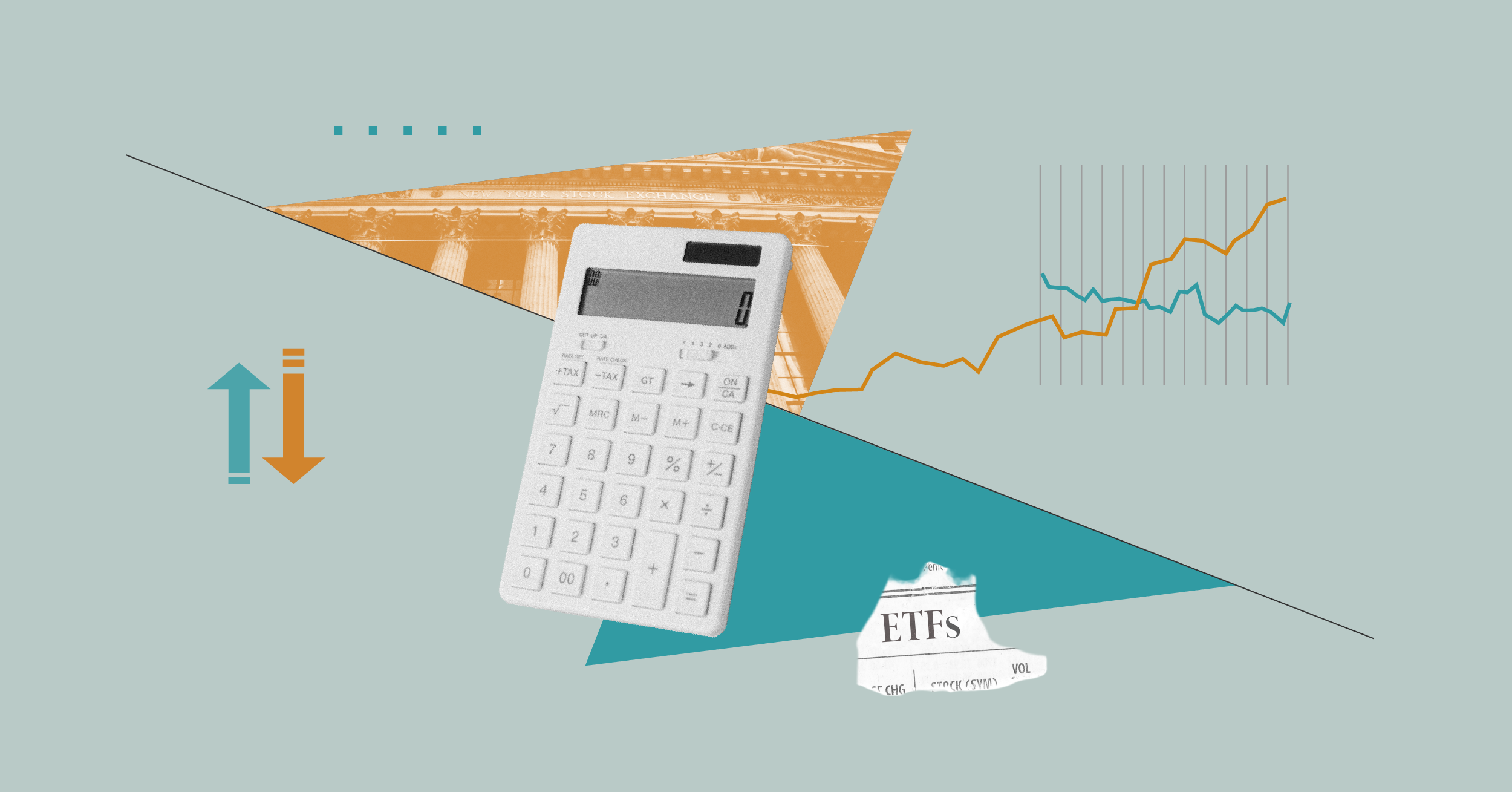What is the Morningstar Risk Rating?
The Morningstar Risk rating is one half of the Morningstar Risk-Adjusted Return measure, which is best known as the “Morningstar rating”. The Morningstar Risk rating looks at a fund’s
monthly returns compared with its category peers. Instead of using standard deviation, which treats upside and downside volatility the same way, Morningstar Risk uses utility theory to penalise funds more for downside swings than for upside variances (we do this to reflect investors' real concerns about losing money). In each category, the 10% of funds with the lowest measured risk are Low Risk, the next 22.5% Below Average, the middle 35% Average, the next 22.5% Above Average and the riskiest 10% are labeled High Risk. You can find a fund's Morningstar Risk Ratings and its Morningstar Ratings on the Risk and Rating tab of any Morningstar fund report.
Filtering out Riskier Funds
We used our fund screener to look for funds that have generated solid long term returns but also have below-average Morningstar risk ratings within their respective Morningstar categories. For each of the UK Equity categories below, we selected “low” and “below-average” on the Morningstar Risk bar. We then looked for funds that have posted ten-year returns above the category average and also selected a minimum purchase of £2000 to eliminate institutional share classes with high minimum investment hurdles. Also, because high costs can erode a fund’s return over time, we avoided the most expensive offerings by selecting a maximum total expense ratio of 2%. From the results obtained from each category, we’ll highlight funds that appeal to us and how their managers have kept risk at reasonable levels compared to their peers.
UK Large Cap Equity Funds
A fund that stands out for us among the 15 results in the Large Blend category is Rensburg UK Blue Chip Growth. The fund boasts an experienced manager in Colin Morton who has around 25 years industry experience and has been managing this fund since September 2000. Morton only buys the UK’s largest issues, which tend to have lower volatilities than stocks lower down the market cap ladder. The portfolio boasts an average market cap which is not too dissimilar to that of a FTSE 100 tracker, making this fund a purer large cap play when compared to its peer group. Managers are often tempted to make forays lower down the market cap ladder in order to boost returns but this also heightens risk which can sometimes be overlooked by investors. Although the fund can lag its peers in rallying markets, Morton’s focus on ‘blue chip’ companies helps this fund outperform in down markets when investors tend to prefer larger diversified companies with relatively stable cash flows.
Schroder Income stands out as a choice fund from the Large Value category. Like most managers with an income mandate, Nick Purves looks for companies that have strong cash flows and have the ability to pay dividends consistently. Large financial services conglomerates usually fulfil this criterion but Purves has remained underweight his average category peer since late 2006, a decision which helped this fund stand up better than its peers as the sector took a hammering in 2007. Moreover, Purves has kept the portfolio littered with large cap stocks due to the fund’s income bias which requires exposure to established, dividend payers such as global tobacco companies. The fund has historically been overweight its average peer in giant cap stocks, which should also help manage this fund’s downside risk over time.
UK Mid Cap Equity Funds
Our screens bring up just one option in the Morningstar Mid Cap Equity category – Fidelity Special Situations. Manager Sanjeev Shah is a go-anywhere contrarian investor. Far from a pure mid-cap offering, the fund currently has around 30 per cent in giant-caps and this exposure has remained above 20 per cent since the end of 2005. During volatile markets, this fund’s larger-cap exposure has helped the fund outperform in down markets, relative to its mid-cap peers. Moreover, Shah’s contrarian style in looking for undervalued businesses is also likely to help the fund show some resilience in down markets. Shah buys stocks at a time when they are already unloved by the market and his focus on fundamentals means the fund is less exposed to stocks which are being led by momentum.
UK Small Cap Equity Funds
Investors should bear in mind that small-cap equities are highly volatile and significant losses in a short space of time are not uncommon, regardless of how skilled a manager may be. However, an experienced campaigner with a fundamentally sound strategy can help mitigate some downside risk. An offering that stands out from the list of screened funds is Invesco Perpetual UK Smaller Companies. Manager Richard Smith has extensive experience in the small cap arena and uses a long term strategy based on company fundamentals which helps him avoid speculative fare and keeps turnover low. As a result this fund can get left behind in strong rallying markets, but Smith has shown over time that he handles falling markets better than his average peer. A recent example is given by the fund's resilience during the one-year period to the end of May 2008: The fund's average peer in the Morningstar Small Cap Equity category lost a staggering 17.8 per cent – this fund still lost money, reflecting the overall risk of the small-cap arena, but it limited that loss to a comparatively svelte 10 per cent.
Takeaways
The main takeaway here is that investors shouldn’t necessarily rush out and buy funds that have posted enticing returns. Such funds may be taking on undue risk which will come back to bite investors when markets take their inevitable tumbles. Very few funds manage to consistently out perform in the long run and those that do without taking on risky positions are even rarer. We prefer to see managers who post steady returns and keep risk in check because it is in volatile markets such as these that managers prove their worth.
























